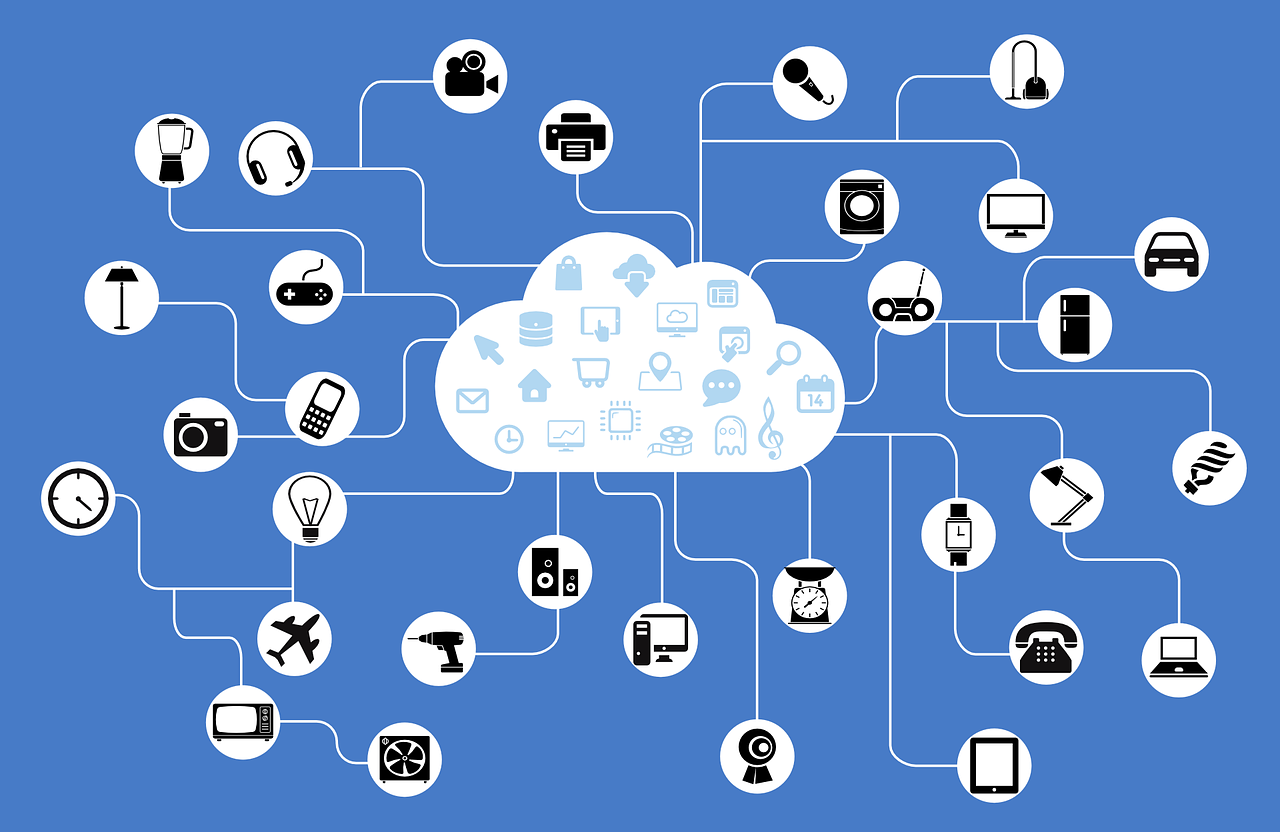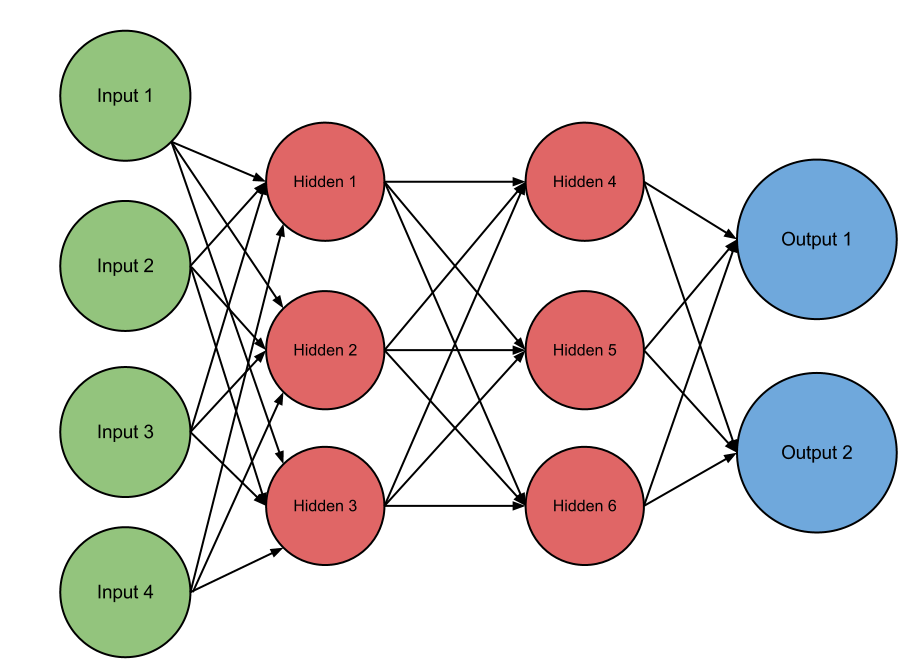Tools To Aid With Predictive Maintenance
Share
In the manufacturing industry, predictive maintenance refers to the use of big data and analytics to predict when a machine or system will need maintenance. This is made possible through the integration of smart sensor devices that can communicate with external programs to gather and process the necessary information.
Predictive maintenance is important in a smart factory because it allows a business to mitigate unplanned downtime. By having accurate predictions of when a machine may lose efficiency or malfunction, a company can plan ahead to ensure that the lost production from that machine will not influence their operations.
The tools that aid with predictive maintenance include everything from hardware plugins to areas of artificial intelligence (AI). These tools allow businesses and individuals to implement predictive maintenance in their factories.
Connected Machinery
First and foremost, to create a smart factory you will need to enable your machinery with the ability to connect to a central network. This can be through a wired medium, but most services make use of wireless communication. For example, Oden Technologies offers a simple data collection device that can be plugged into any machine or PLC to gather and wirelessly communicate data to their online platform.
A good way to view the machinery of a connected, smart factory is by likening it to the nervous system of a human. Let’s pretend that your factory is an organism, and for it to function, it needs the ability to detect information about itself and its environment. This IoT device and the machines that it is connected to makes that possible.
Cloud-Analytics Platform

The next tool that will aid with predictive maintenance is a cloud-based, analytics platform. In more simple terms, this is just an online service where you can connect you machinery to so that the true value of your data can be extracted.
The platform that a company decides to use for their connected factory is where all of the gathered data will be aggregated and processed. Depending on the algorithms that are in place, various insights will be provided to the user about the current and future state of the factory. If we go back to our human body analogy, the platform would be the mind while the machinery is the body.
Machine Learning
Machine learning is a subset of AI that enables a computer with the ability to learn by itself. It is also an important tool for manufacturers to use in predictive maintenance. When machine learning algorithms are applied to a smart factory, the system will be able to learn how different inputs correlate to outputs. This is necessary for predictive maintenance because it will allow a computer system to learn how the conditions of their operations are affecting the outcomes of those operations.

Over time, the AI will see that, for example, if a factory is operating at an average of 70% capacity for 2 weeks, there will be a 92% chance that machine X will underperform and need maintenance. Therefore, if the company wants to avoid this downtime occurrence, they can figure out what they need to do to make the malfunction less likely to occur.
Maintenance Scheduling

The main value that comes from predictive maintenance is that it allows you to figure out the optimum time frames for when maintenance should occur so that unplanned downtime can be avoided. The best platforms for predictive maintenance will automate as many processes as possible to a degree where the employee is empowered to make smarter and better decisions. The first step in this process is to determine when a system or machine may lose productivity or malfunction. Once this is detected, the next step is for the employees to fit the maintenance work into the proper time slot.
Scheduling to Save Money
Predictive maintenance, at its core, is a method for saving money. When a machine or system malfunctions, it can drastically affect the bottom line of a company. This is why it is important to have systems in place to be able to predict and plan for when these machines will need maintenance.
The best way to take advantage of the value that predictive maintenance provides is to make use of connected hardware and a powerful, software platform. It is important to make sure that whatever service and technology you are using has the features that makes this all possible.
The post Tools To Aid With Predictive Maintenance appeared first on Oden Technologies.
